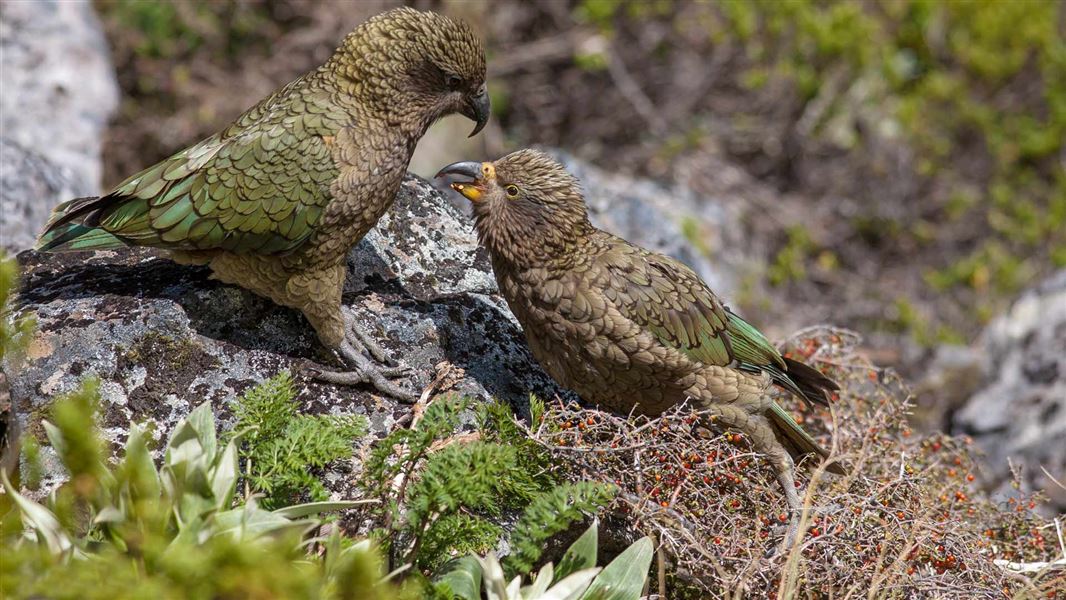The most likely source of lead eaten by kea is lead head nails and lead flashing on houses. They can also get lead from rubbish dumps, car wheel weights, lead shot and bullets.
The effects of lead
Lead is one of the most toxic metals in the world. It affects many parts of the body. The kidney, liver, brain, nerves, intestines and the reproductive system can all be affected.
Birds which have recently eaten a lot of lead may be seen with vomiting, seizures (fits) and loss of appetite. This may not be detected in wild birds if they die away from human habitation. Other birds may eat a small amount over a long period. They may not be obviously sick, but they are still being poisoned. This might show up as poor reproduction or early death due to predation, starvation or misadventure.
Poisoning is often seen in captive parrots due to chewing on objects including their cages. It is seen in waterfowl and birds of prey when they accidentally eat lead shot.
Why kea eat lead
Kea (and other parrots) chew on lead because it is soft and sweet. They think they are eating a yummy treat! Young kea learn about food by chewing on everything. They mistake lead for food and continue to eat it, even when they get sick. Groups of young kea will hang out together in a gang. If one chews on a nail, they all want to have a turn. This makes them very susceptible to poisoning.
For the kea, the problem is where they live and who lives nearby. Human objects are the source of lead. If kea live near humans they are at risk of finding and eating lead.
You can help
If you live near kea or kākā, check your property for lead objects. Check the roof of your house and shed for lead head nails or lead flashing and replace them. Clean up any rubbish and use kea/kaka-proof bins to keep it safe. If you hunt, don’t use lead shot.
Check the Kea Conservation Trust website for projects to help kea.
